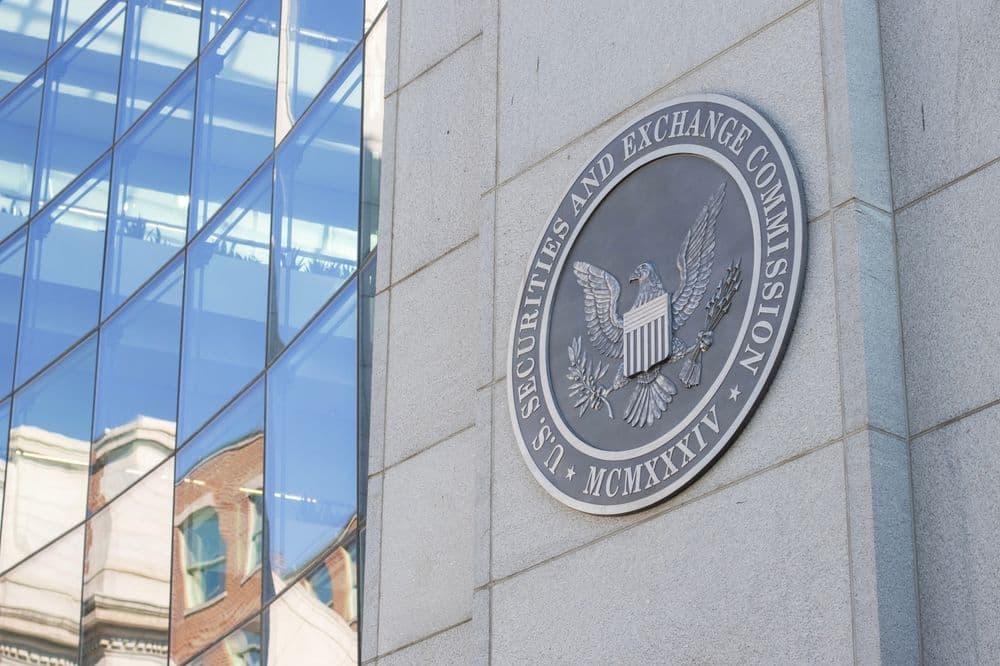 Goldman Sachs and BNY Mellon’s partnership marks a key step in tokenizing MMFs and setting a new standard for institutional finance. (Unsplash)
Goldman Sachs and BNY Mellon’s partnership marks a key step in tokenizing MMFs and setting a new standard for institutional finance. (Unsplash)Money market funds (MMFs), which are low-risk investment vehicles typically backed by assets like U.S. Treasuries or commercial paper, have traditionally operated with multi-day settlement periods. With this new initiative, Goldman Sachs and BNY Mellon plan to digitize the ownership of these funds through tokens that will be minted on Goldman Sachs’ private blockchain, the Digital Asset Platform (GS DAP). BNY Mellon will continue to manage the official books of the fund via its LiquidityDirect platform. The tokenized MMF solution will initially be available to institutional clients such as hedge funds, pension funds, and corporate treasurers, offering them 24/7 access to fund shares via blockchain.
This tokenization brings several advantages, particularly in terms of efficiency, liquidity, and collateral management. Blockchain will enable near-instant settlements and ownership transfers between institutions, as opposed to the typical two-day settlement cycle of traditional MMFs. The digital tokens also offer the potential to be used as collateral or integrated into broader financial systems, which could open up new avenues for liquidity management. Goldman Sachs’ global head of digital assets, Mathew McDermott, highlighted the platform’s potential to enhance "collateral and trade settlement" by improving the underlying "financial plumbing" of asset management.
The move comes at a time when the U.S. money market fund industry is experiencing significant growth, with approximately $7.1 trillion in assets currently held in MMFs. This reflects rising demand for low-risk, interest-bearing instruments as investors respond to elevated interest rates and seek safer cash management options.
The move also aligns with recent regulatory developments in the United States, including the passage of the GENIUS Act, which provides a legal framework for stablecoins and tokenized financial instruments. The GENIUS Act aims to support and clarify the regulatory environment for digital assets, boosting institutional confidence in these new solutions. BNY Mellon’s global head of liquidity, Laide Majiyagbe, pointed out that this partnership provides clients with a "seamless and efficient transaction" experience, free from the frictions that typically accompany traditional money market fund transactions.
Unlike public, decentralized finance (DeFi) ecosystems, this tokenization effort follows a permissioned model. Goldman Sachs and BNY Mellon have designed the initiative to function within traditional regulatory frameworks, with tokenized shares acting as “mirror” representations of traditional MMF shares. This approach allows BNY Mellon to continue managing the funds as it would with any other fund, while the tokenization merely changes the way ownership is tracked and transferred.
While institutional clients will benefit from these advancements, the broader implications of tokenized MMFs are still evolving. Financial services companies like BlackRock, Fidelity, Franklin Templeton, and Apollo have already ventured into tokenizing other assets such as Treasuries, real estate, and bonds. The growth of tokenized assets could potentially lead to more efficient markets, where financial instruments are not just tokenized for ownership tracking but also programmed for automated compliance, reporting, and collateral management.
Despite the enthusiasm surrounding tokenization, challenges remain. Although regulatory clarity has improved with initiatives like the GENIUS Act, state-level definitions and permitting requirements for tokenized assets can still vary. Additionally, there are concerns over the risks associated with cybersecurity and custody, which are central to the safe transfer and storage of digital assets. Furthermore, some critics argue that tokenization, while beneficial for institutional clients, might not democratize access to financial markets as expected. The promise of DeFi-style inclusivity may be hindered if tokenized assets remain limited to large financial institutions rather than opening up to broader participation.
The success of tokenized MMFs could also impact other sectors of the financial industry. Goldman Sachs has previously indicated plans to introduce at least three tokenization initiatives by the end of 2025, including U.S. funds and European bonds. These efforts demonstrate a commitment to transforming traditional financial services through blockchain technology.
If the adoption of tokenized MMFs continues to grow, they could become a foundational part of digital asset markets. The ability to transfer these assets instantly and use them as collateral in real-time could help unlock new liquidity pools and enhance the efficiency of the entire financial system. This would not only benefit institutional clients but could also pave the way for greater integration of blockchain with traditional finance.
The partnership between Goldman Sachs and BNY Mellon represents a pragmatic step forward in the tokenization of money market funds. By digitizing MMF shares, the two firms are setting a new standard for institutional finance. The potential for improved liquidity, faster settlements, and the integration of tokenized assets into broader financial systems highlights the promising future of blockchain technology in financial markets. As the sector grows, it will be crucial to address regulatory and security challenges while ensuring that tokenized finance becomes accessible to a wider range of participants.

MON, ZEC drive Solana’s liquidity past $1 billion

Ripple wins ADGM approval for institutional use of RLUSD

Digital Chamber launches statewide crypto policy push

SEC signals crypto shift with “Project Crypto”